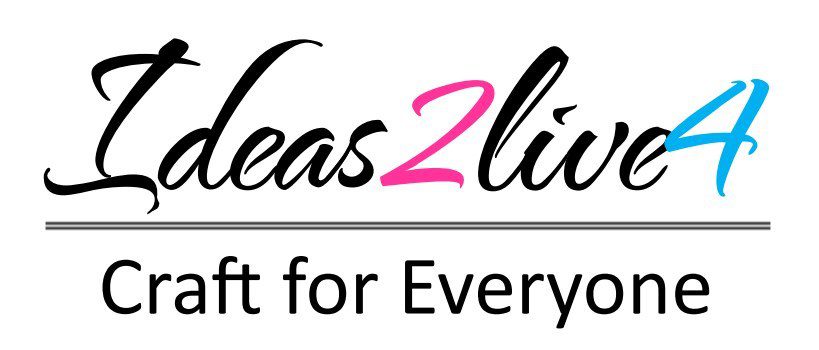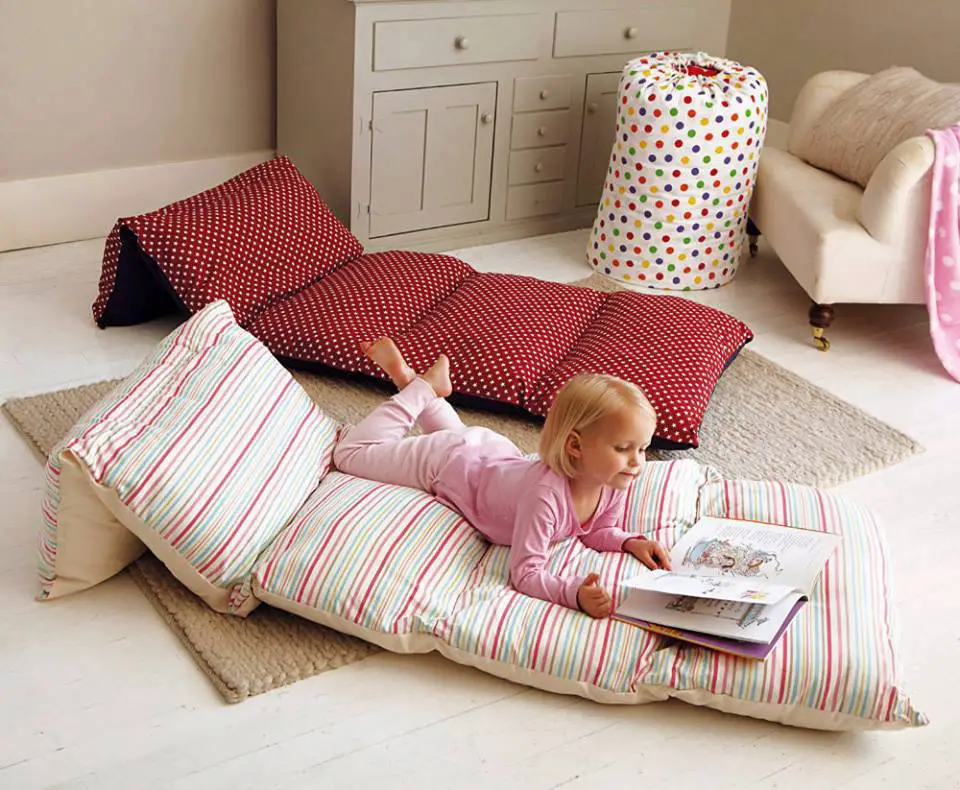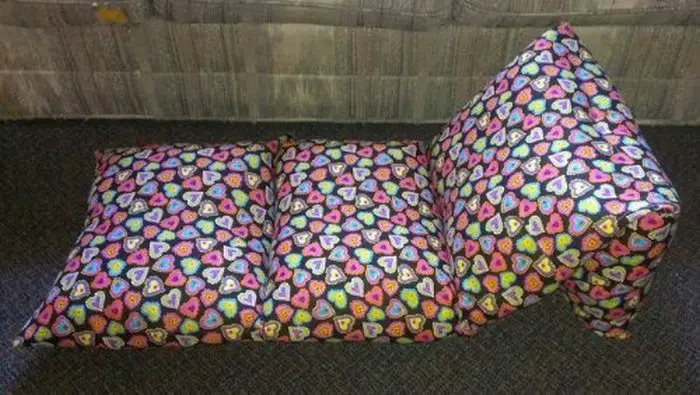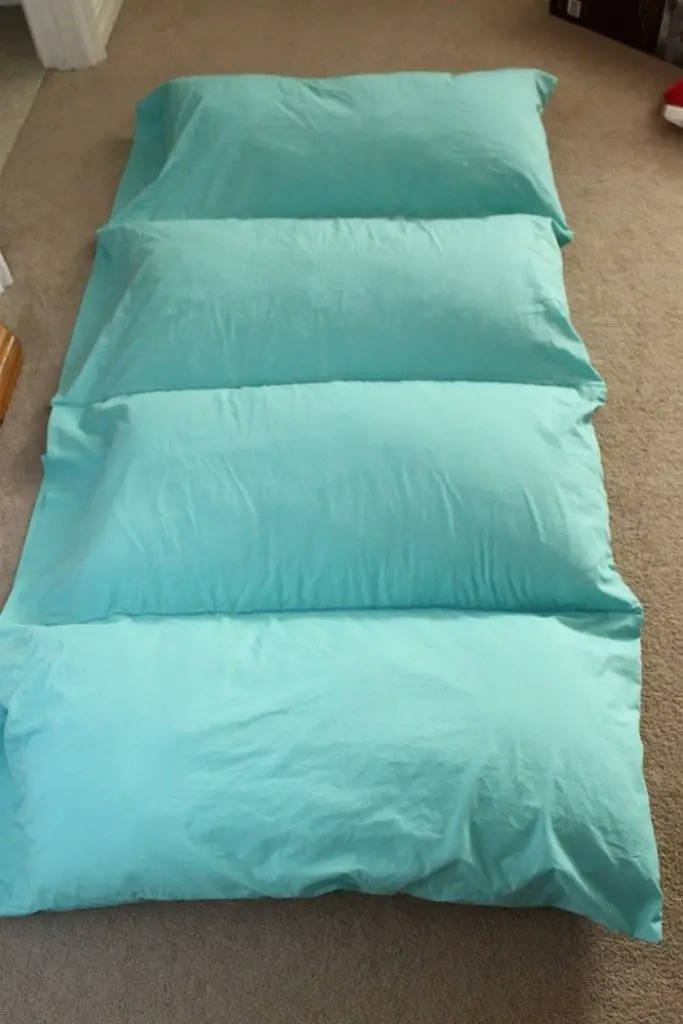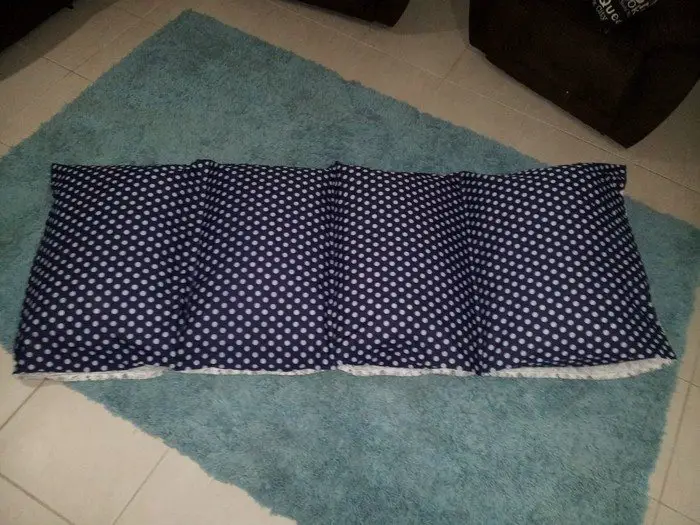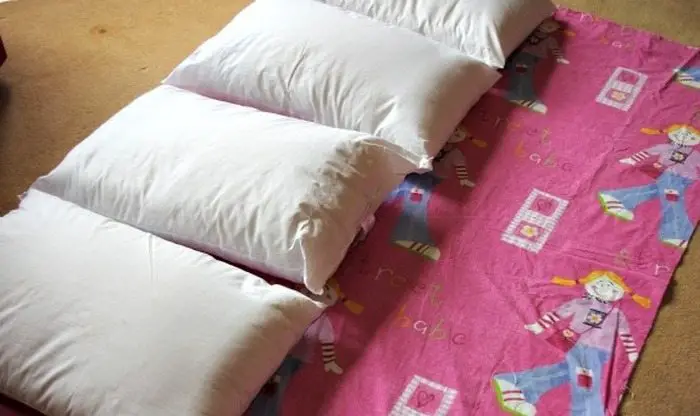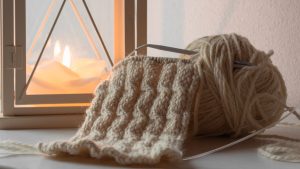The pillow bed is made up of multiple pillows sewn jointly in a line to create a relaxing cushion for your floor. Depending on how they are folded, they can be used for sitting or lying on. You can easily make a pillow bed in the afternoon with a sewing machine. You can get cozy on the floor whether you sew your own pillowcases together or use sheets.
You should have pillow beds if you enjoy hosting overnight movies with friends and family. However, don’t worry; There’s a step-by-step tutorial below, it’s not only affordable- it’s also super easy to follow. These DIY pillow beds will make hosting film nights a whole lot easier. Learn how to do it by checking the steps below.
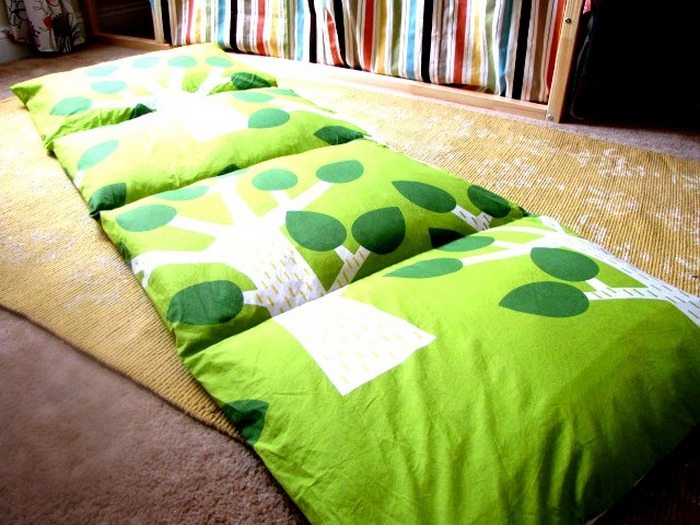
Pinterest is probably where you saw these samples. It’s essentially a large piece of cloth with slots to hold pillows so it can be used as a floor bed.
One of the best things about these floor pillow beds is that you can fold them and stack the pillow on top of each other to make some parts higher.

Contents
What are the benefits of making pillow beds?
1. These pillow beds can be used not only on the floor, but we can use them as headboards to lean on while reading books.
2. Pillow beds can also be used as an extra cushion on the sofa.
3. These beds can be used as sleepovers if you don’t have extra mattresses or foams.
4. Not only your kids can use these pillow beds, but all family members can use these. You can even make this and present it as a gift to a family friend.
5. DIY Pillow beds are not expensive when compared to a new one that you can buy from a store. You will just need an old sheet cover and pillows.
Making Pillow Beds
Materials Needed
I made my first DIY pillow bed for my children about nine years ago, and it just came naturally to me. As a result, I made lots more for pretty much everyone else we came in contact with.
You’ll need the following materials.
- Duvet Cover
- 4 Pillows, at least
- Sewing machine
- Scissors
If you have extra pillows in your home, you can bring them all together to use as a small bed while watching the TV or reading a book.
Instructions
1. Measure the duvet cover
Measure the duvet cover using the pillows, and cut to desired length and width. Make sure to leave a 5-inch allowance for the width of the size of your pillow.
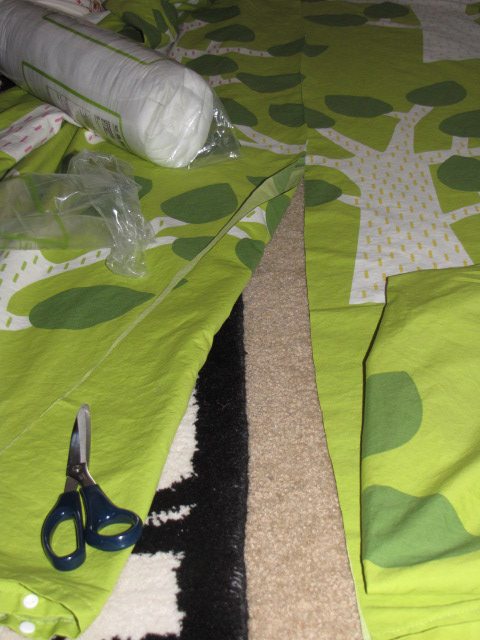
2. Cut the top
Cut the top half of the duvet cover lengthwise so that the bottom edge sticks out a few inches further. The width of the top half should now more or less fit the length of your pillow. The longer edge will serve as a “pocket” later on so that the pillows are not exposed.

3. Hem the edges
Turn the duvet cover inside out and hem all the raw edges.
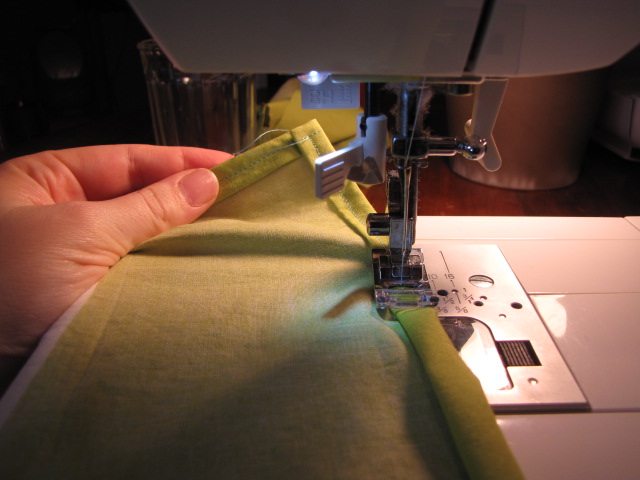
After that, fold the long edge and sew the sides to make the “pocket.” The longer and shorter edges should now be equal.

4. Sew the lines width-wise
Turn it right-side in and make the pillow compartments by sewing lines width-wise.
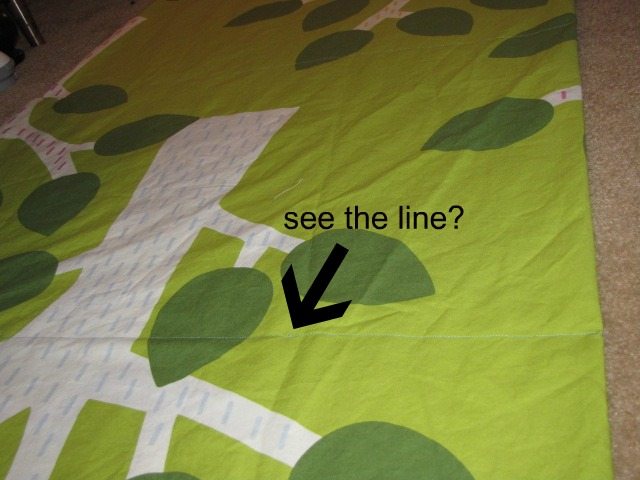
5. Insert the pillow
Now you are ready to insert the pillow!

Enjoy this comfortable DIY sleeping bed, let us know your comfy experience, and comment below! :)
Customization Ideas for Pillow Beds
Customizing your pillow bed adds a personal touch and allows you to tailor its aesthetics and functionality to match your needs and preferences perfectly. Personalization is key, whether you’re crafting a cozy nook for reading, a fun lounging area for the kids, or a comfortable sleeping space for guests.
Here are some creative ideas to inspire your next DIY pillow bed project:
Choose Your Theme
Selecting a theme for your pillow bed is the first step towards creating a piece that reflects your personal style or fulfills the desires of its intended user. A theme can be as simple as a color scheme that captures the essence of autumn with its warm oranges and browns, or as vibrant as a summer palette with bright yellows and blues.
Alternatively, you might opt for patterns that resonate with personal interests, such as musical instruments for music lovers or floral patterns for nature enthusiasts. For children, incorporating characters from their favorite stories or movies can turn the pillow bed into a cherished possession. The chosen theme will serve as a blueprint, guiding your decisions on fabric selection, patterns, and embellishments, ensuring a harmonious and appealing end product.
Fabric Selection
The choice of fabric plays a critical role in defining your pillow bed’s comfort, appearance, and durability. For a soft and cozy feel, cotton is an excellent option as it’s gentle on the skin and offers breathability, making it ideal for comfortable lounging. Velvet can add a layer of sophistication and luxury, perfect for creating a statement piece in a living room or adding a plush texture to a bedroom.
On the other hand, Denim offers unmatched durability and ease of maintenance, making it suitable for pillow beds that will be frequently used or placed in areas prone to spills and wear. When choosing fabric, it’s important to consider the room’s existing decor and select materials to complement or enhance the space. The right fabric will meet your aesthetic and functional needs and ensure that the pillow bed remains a beloved item for years to come.
Incorporating Patterns and Textures
Integrating various patterns and textures is a fantastic way to infuse depth and character into your pillow bed. Combining different patterns, such as juxtaposing the linear clarity of stripes against the organic shapes of florals, can create a dynamic and visually engaging effect. This mix-and-match approach allows for endless creativity, enabling you to tailor the pillow bed’s appearance to your theme or personal taste.
Incorporating textures, from the sleekness of satin to the coziness of fleece, adds a tactile dimension that enhances the overall sensory experience of the pillow bed. It’s important, however, to maintain a balance in your choices. Too many patterns or contrasting textures can clutter the design, detracting from the pillow bed’s aesthetic appeal. Thoughtful selection and pairing of patterns and textures can elevate the pillow bed from a mere functional item to a work of art that enriches its space.
Add Personalized Touches
Personalizing your pillow bed transforms it from a simple home accessory to a memorable keepsake that holds sentimental value. Embroidery offers a timeless method to incorporate names, initials, or significant dates into the design. This customization can celebrate a special occasion, like a birthday or wedding anniversary, making the pillow bed an ideal gift that reflects both thoughtfulness and effort.
For children, adding their name or a favorite quote can make the pillow bed feel uniquely theirs, fostering a sense of belonging and comfort. Personalized touches not only enhance the aesthetic appeal of the pillow bed but also imbue it with emotional significance, creating an item that is treasured over time.
Functional Customizations
Enhancing your pillow bed with functional customizations can significantly improve its convenience and versatility. Zippered covers are a practical addition, facilitating easy removal for washing. This feature is particularly beneficial for maintaining hygiene and extending the lifespan of the pillow bed, especially in homes with pets or children. Furthermore, changing covers with the seasons or according to decor changes allows for greater flexibility in styling spaces.
Incorporating pockets into the design can vastly increase the utility of the pillow bed. These pockets can serve as handy storage for remote controls, reducing clutter in living spaces.
They can also hold books or tablets, providing a comfortable reading or viewing experience without needing to constantly reach for these items. For added convenience, consider placing pockets strategically on the sides or front of the pillow bed to ensure that essentials are always within easy reach.
DIY Appliqués and Decorations
Enhancing your pillow bed with DIY appliqués and decorations is a creative way to infuse personality and style into your project. Fabric appliqués, crafted in shapes that resonate with your chosen theme, can transform a simple pillow bed into a storytelling canvas. Whether it’s ocean creatures for a nautical theme or geometric shapes for a modern aesthetic, these appliqués can add depth and interest.
Utilizing iron-on transfers is another fantastic method to personalize your pillow bed. These transfers allow you to feature beloved images, inspirational quotes, or artwork, making your pillow bed a reflection of personal tastes or motivational messages.
Decorative elements like fringes, pompoms, or lace trims embellish your pillow bed and introduce texture and movement. Fringes can add a bohemian flair, pompoms bring a playful touch, and lace trims imbue elegance and delicacy.
These decorations serve as embellishments and tactile experiences, elevating the pillow bed from a functional item to an engaging piece of decor that captures attention and sparks conversation.
Interactive Elements
Incorporating interactive elements into children’s pillow beds can turn them into multi-functional play and rest spaces. Sewing on fabric patches with varied textures stimulates sensory play and exploration, which benefits children’s cognitive and motor skills development. Adding elements like ribbons, soft toys, or even hidden pockets for treasures can transform the pillow bed into an adventure zone where every corner holds a new surprise.
Consider including educational or playful features such as fabric mazes, which can entertain children while supporting their problem-solving skills, or tactile panels with different materials to explore. These interactive elements not only make the pillow bed a favourite spot for rest but also a center for imaginative play and learning, providing a unique blend of comfort and stimulation.
Seasonal Adaptability
Seasonal adaptability in pillow beds allows you to refresh your home decor with minimal effort. Creating covers that can be easily changed with the seasons or for special holidays keeps your living space aligned with the time of year, fostering a festive atmosphere.
For autumn, a cover with leaf patterns or warm, earthy tones can evoke the season’s essence. Winter might feature covers with snowflake designs or cozy, plush fabrics that invite snuggling. Spring covers can burst with floral patterns and vibrant colors, reflecting renewal and growth, while summer themes might include beachy motifs or sunny, bright hues.
By incorporating these customization ideas, your pillow bed will serve as a versatile and comfortable addition to your home and reflect your personal style and creativity. Whether you’re making a cozy retreat for yourself, a playful adventure for your kids, or a thoughtful gift for a friend, the possibilities are endless.
Health and Comfort Benefits
In today’s fast-paced world, the importance of health and comfort in our living spaces has never been more pronounced. Creating an environment that supports physical well-being and provides a sanctuary for relaxation is essential. This focus on health and comfort brings numerous benefits, contributing to overall happiness and quality of life.
Let’s explore some key aspects where these benefits manifest.
Ergonomic Support
Ergonomic design is crucial in preventing strain and discomfort during rest and activity. Proper support for the body’s natural curves and alignment can significantly reduce the risk of chronic pain, particularly in the back, neck, and joints. By accommodating various postures and activities, ergonomic solutions promote healthier sitting, lounging, and sleeping positions, enhancing physical health over time.
Improved Sleep Quality
Ergonomic design plays a pivotal role in maintaining and enhancing physical health. It focuses on aligning furniture or rest aids to the body’s natural curves, promoting proper posture and reducing the likelihood of discomfort. When our bodies are correctly supported, there is a marked decrease in the risk of developing chronic conditions, particularly those affecting the back, neck, and joints.
Ergonomic solutions can be life-changing for individuals who spend significant amounts of time sitting, lounging, or sleeping in less-than-ideal positions. They enable a range of postures that accommodate various activities, from reading and watching TV to working on a laptop, ensuring that leisure time does not come at the expense of physical health.
Over time, the benefits of ergonomic support include not just the prevention of pain but also the promotion of overall musculoskeletal health, making it a cornerstone of a comfortable and health-oriented lifestyle.
Stress Reduction
The role of a comfortable and supportive sleeping environment cannot be overstated when it comes to achieving restorative sleep. Quality sleep is a critical component of good health, impacting everything from cognitive function and memory to immune system strength and emotional well-being.
An environment optimized for comfort supports the body in a natural position, reducing the likelihood of sleep disturbances and ensuring that physical discomfort does not interrupt the sleep cycle. This leads to falling asleep more quickly and experiencing deeper, more restful sleep.
The benefits of high-quality sleep extend beyond the immediate feeling of restfulness. Over time, it can significantly improve stress levels, mood, productivity, and overall quality of life. Investing in our sleeping environments—ensuring they are conducive to rest—pays dividends in both short-term refreshment and long-term health outcomes.
Enhanced Recovery
Creating an environment that promotes comfort and support is essential, especially for individuals on the path to recovery from injuries or those managing chronic health conditions. Such an environment can significantly expedite healing, offering relief from discomfort and contributing to a quicker return to daily activities.
Proper ergonomic support plays a critical role in this context, as it helps maintain the body in an optimal posture, minimizing stress on recovering areas and reducing the chance of further injury. A well-designed support system can also alleviate pressure on sensitive spots, enhancing comfort during prolonged rest periods.
Improved circulation, another benefit of effective support, is key to healing as it ensures a steady flow of nutrients and oxygen to the recovery site, speeding up tissue repair and reducing inflammation. Beyond the physical aspects, a recovery-friendly environment fosters mental and emotional well-being, making the healing journey less daunting and more comfortable.
Adaptability to Individual Needs
The principle of adaptability in creating supportive environments acknowledges the diversity in human physiology and personal health requirements. Understanding that comfort and health needs differ vastly among individuals is crucial for designing solutions tailored to meet specific preferences and conditions.
Customizable support systems offer the versatility to adjust to various body types, health issues, and personal comfort levels. This adaptability ensures that each person can find their ideal setup, one that adequately supports their unique physical characteristics and addresses any specific health concerns they might have.
Whether it involves adjusting the firmness of a support surface, modifying the angle of support for different body parts, or incorporating specialized materials to cater to sensitivity issues, the ability to personalize these elements can make a significant difference in overall comfort and health outcomes. By prioritizing flexibility in support solutions, we empower individuals to actively participate in their comfort and recovery, ensuring that their needs are met most effectively and satisfyingly.
Focusing on health and comfort within our personal spaces brings many benefits that touch every aspect of our lives. The positive impacts are profound, from ergonomic support and improved sleep quality to stress reduction, enhanced recovery, and adaptability to individual needs. Embracing these principles improves our physical health and enriches our overall life experience, proving that investing in our comfort is indeed investing in our well-being.
Conclusion
Crafting pillow beds offers a creative and personalized approach to comfort and functionality in the home. These versatile creations enhance the aesthetic appeal of any room and provide ergonomic support and adaptability to individual needs, promoting well-being and quality rest. Making pillow beds encourages innovation and personal expression. At the same time, the resulting product delivers tangible health and comfort benefits, making it a worthwhile endeavour for anyone looking to improve their living space.
If you liked this project, you might also like to view DIY Bedside Book Caddy…
